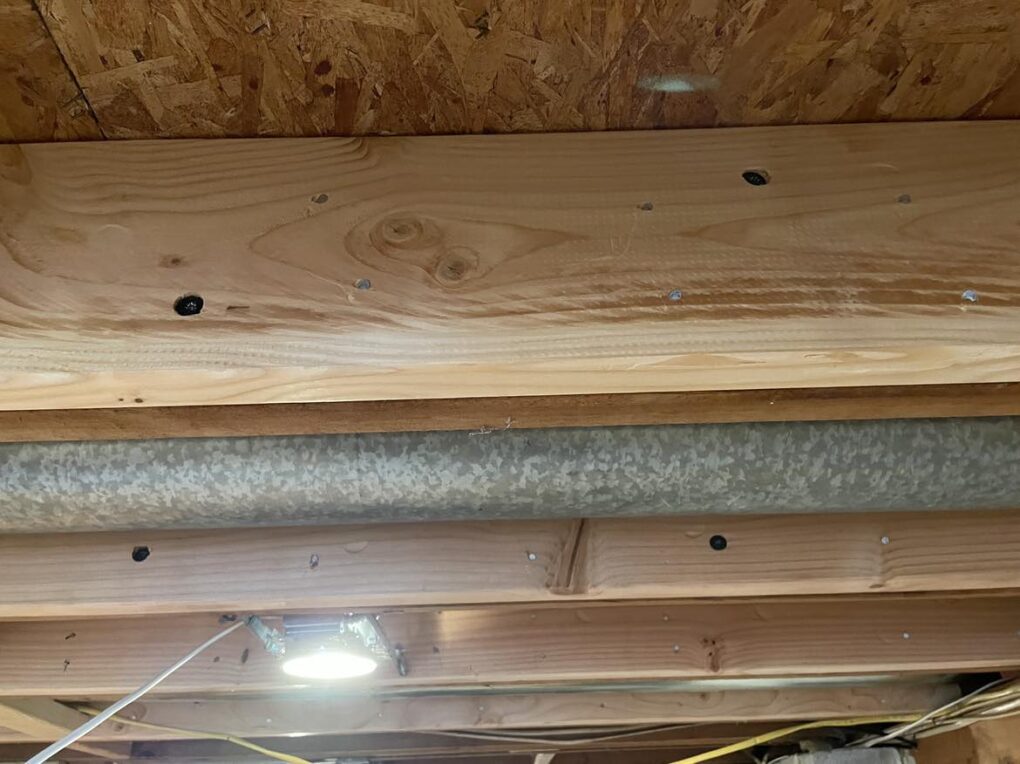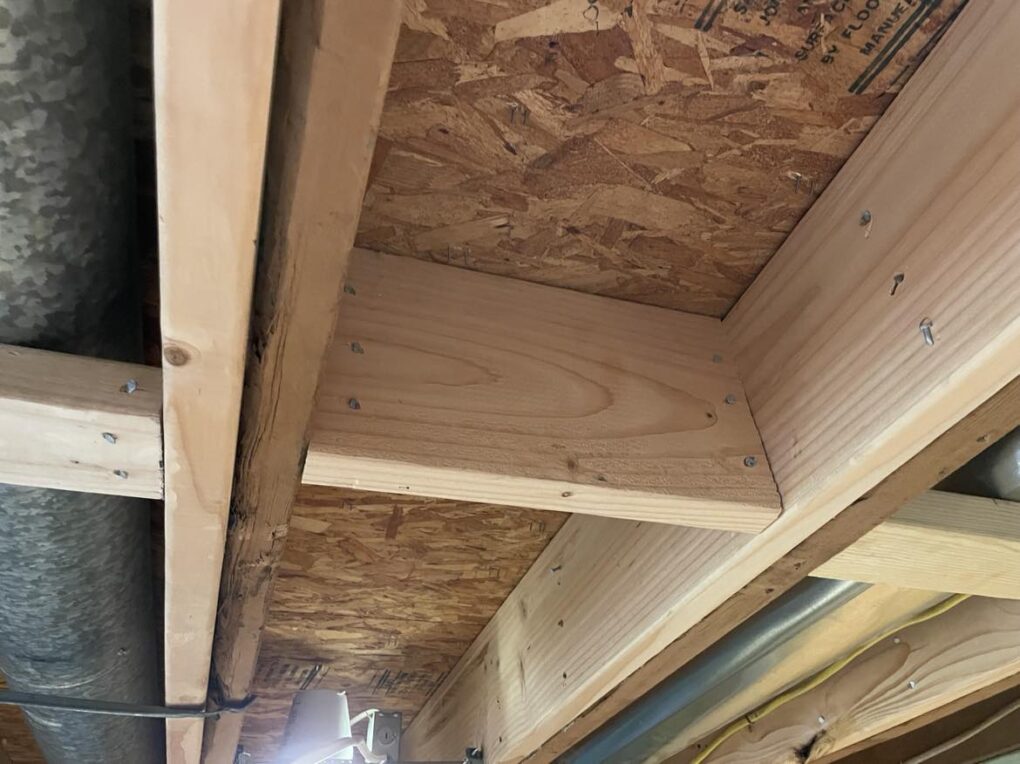Your home is your sanctuary, but bouncy floors can disrupt the peace and cause concern. Whether it’s a slight bounce or a noticeable sway, addressing this issue is essential for both comfort and the longevity of your home. Fortunately, there are methods to rectify bouncy floors and restore stability. Let’s dive into a comprehensive guide on how to fix this common household problem.
Understanding the Issue:
Bouncy floors can result from various factors, including inadequate support, aging structures, or undersized installations. These issues may compromise the structural integrity of your home but usually just a nuisance. Still problems like uneven surfaces, creaking sounds, and challenges with floor coverings such as tiles, carpets, or hardwood can be addressed.
Assessing the Severity:
Before diving into fixes, assess the severity of the bounce. Most bounce is the twisting or deflection of the joist under certain live load. We will go through some ways to resolve this bounce. More pronounced movement could point to underlying problems. Consulting with a professional or structural engineer can provide insights into the root cause and the appropriate solution.
Fixing Bouncy Floors:
Identify Problem Areas: Determine which areas exhibit the most bounce. This might involve walking around and noting where the movement is most noticeable.
Inspect Subfloor and Joists: Check the subfloor for damages or improper installations. Inspect the floor joists to ensure they’re properly supporting the structure. Address any issues found during the inspection.

Reinforce Joists: Strengthen weak or damaged joists by sistering (adding new joists alongside existing ones), adding additional support beams, or reinforcing with metal braces. This step significantly enhances the floor’s stability.
Add Blocking and Bridging: Inserting blocking (short pieces of wood) between the floor joists or installing bridging (cross braces) can minimize floor movement and improve stability.

Install Strapping: Glue and Screw 1×4 lumber to the bottom of the floor joists every 1 to 2 feet. This reduces twisting of the joists under load.
Consider Subfloor Replacement: In extreme cases, replacing the subfloor might be necessary to create a stronger foundation. Opt for high-quality materials and ensure proper installation.
Utilize Shims or Leveling Compounds: For minor irregularities, use shims to fill gaps between the joists and subfloor. Alternatively, self-leveling compounds can be applied to create an even surface.
Consult a Professional: When unsure or dealing with significant structural issues, seeking guidance from a professional contractor or structural engineer is advisable.
Importance of Timely Fixes:
Addressing bouncy floors promptly is vital to prevent further damage and ensure the safety and stability of your home. Neglecting these issues could lead to more extensive repairs and potentially compromise the overall structural integrity.
Final Thoughts:
Fixing bouncy floors requires patience, careful inspection, and sometimes professional assistance. By understanding the underlying causes and implementing appropriate solutions, you can restore stability, prevent further damage, and enjoy a secure, even floor throughout your home.
Remember, the goal is not just to eliminate the bounce but also to create a solid foundation that ensures the long-term integrity of your home. So, take the necessary steps to stabilize your floors and create a safer, more comfortable living environment.
